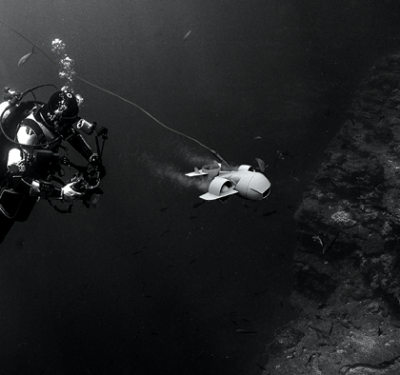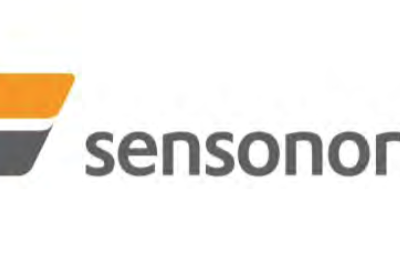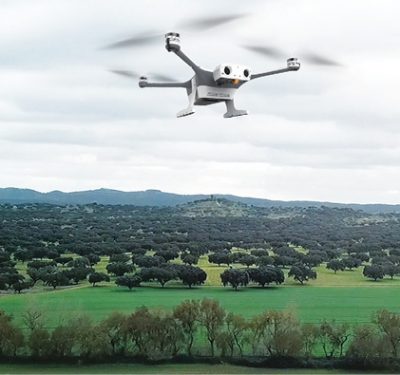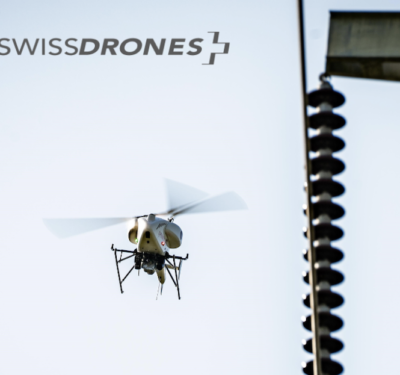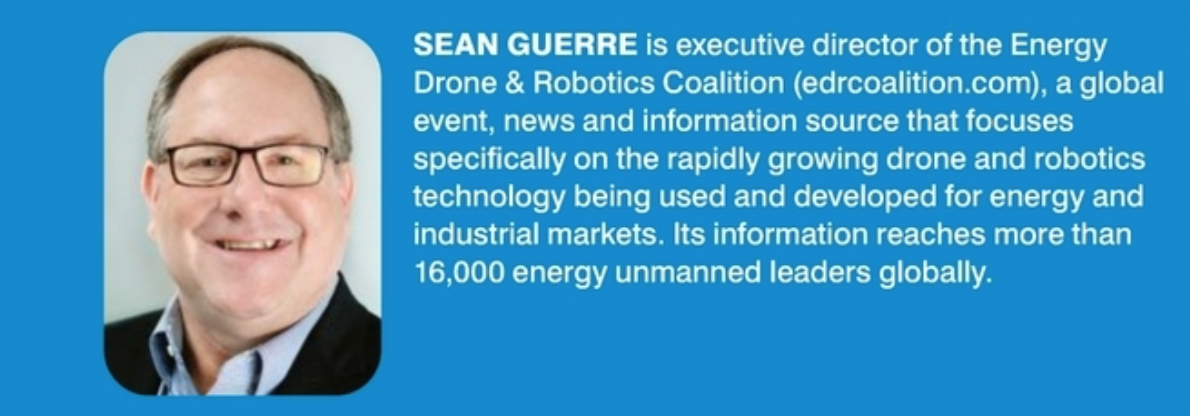
Q: What key trends are you seeing for unmanned systems in energy?
A: Several trends are converging. Specific groups are becoming centers of excellence for unmanned systems operations, best practices, use cases. There’s the ability to look and see remotely what data is being collected to make sure it’s the right accuracy and quality, and then putting that into the company’s workflows to make the data actionable, to do the repair or to check it out further to get the detail. Thirdly, we’re starting to see larger internal fleets and internal pilots, except for specialized areas that may involve expensive or rare types of gear that need to be outsourced.
Q: What are the obstacles?
A: The technology is quite a bit ahead, obviously, of the regulatory environment, particularly if you look at use cases around BVLOS—which also starts to move into drone delivery, unmanned cargo and, in the energy space, offshore. We’re still working on public perception, doing education to make sure that the general population of consumers is comfortable with us using drones for inspection, mapping, surveying. And there’s some issue with the technology catching up, particularly if you look at power sources, the time that drones are able to operate, payload. Our “Unmanned Projects in Energy” will look at challenges and best practices when it’s released on November 10th, on day one of our “Global Gathering” summit.
Q: Are there different issues between the more traditional fossil fuels and the renewable side?
A: Many needs are common, but there are specific types of use cases that may work better on a large solar array that you would not need to know with nuclear or fossil. But overall, they’re primarily doing the same thing: surveying and mapping where the placement would be and for regulatory signoffs; then monitoring the construction. And for the long term, inspections.
Q: Is there a next big technology you or your members think could transform UAS use?
A: The biggest shift is there’s quite a bit of interest in renewables across the board. Also, we’re starting to see some very sophisticated end-to-end solutions that are tying together everything from your pre-flight fleet management through your flights and logging of those operations, and then getting that data, real-time or shortly thereafter, migrated into some sort of analysis system to make it actionable. And there’s quite a bit of AI that’s applied in the flight operations and we’re getting some real growth there—I think AI is certainly starting to become transformative. Finally, the scale of autonomy: the technology is pretty far out there as to what we’d be able to do if the regulatory scheme allowed it.
Q: What do you see going forward?
A: We should be seeing some breakthroughs toward the end of the year and into 2021. Within five years, I would hope that we have a workable regulatory scheme that allows pilots to fly multiple drones remotely, simultaneously, beyond visual line of sight, which opens up other use cases. We’ll be further along the autonomy scale. And AI will be much more intuitive.


